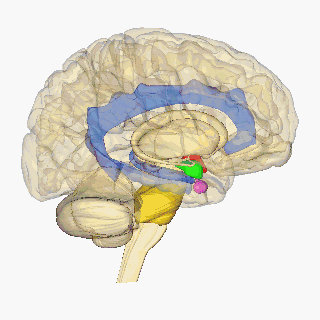#neuroscience_of_sex_differences

Neuroscience of sex differences
Characteristics of the brain that differentiate the male brain and the female brain
The neuroscience of sex differences is the study of characteristics that separate brains of different sexes. Psychological sex differences are thought by some to reflect the interaction of genes, hormones, and social learning on brain development throughout the lifespan. A 2021 meta-synthesis led by Lise Eliot found that sex accounted for 1% of the brain's structure or laterality, finding large group-level differences only in total brain volume. A subsequent 2021 led by Camille Michèle Williams contradicted Eliot's conclusions, finding that sex differences in total brain volume are not accounted for merely by sex differences in height and weight, and that once global brain size is taken into account, there remain numerous regional sex differences in both directions. A 2022 follow-up meta-analysis led by Alex DeCasien analyzed the studies from both Eliot and Williams, concluding that "The human brain shows highly reproducible sex differences in regional brain anatomy above and beyond sex differences in overall brain size" and that these differences are of a "small-moderate effect size." A review from 2006 and a meta-analysis from 2014 found that some evidence from brain morphology and function studies indicates that male and female brains cannot always be assumed to be identical from either a structural or functional perspective, and some brain structures are sexually dimorphic.
Fri 23rd
Provided by Wikipedia
This keyword could refer to multiple things. Here are some suggestions: